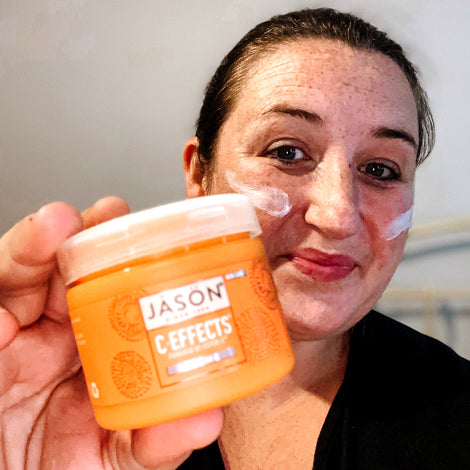
As we age, our facial structure changes, this is down partially to internal ageing (i.e. our genes) but also environmental factors, such as UV rays and pollution. Sun exposure is one of the most avoidable causes of wrinkles, sagging and skin discolouration.
A study released in 2013 found that UV exposure seems to be responsible for 80% of visible facial aging signs[1].
The study also found that a two per cent increase in skin damage ages a face by three years. We can conclude from this that clinical signs of ageing are essentially influenced by extrinsic factors, it would seem especially sun exposure.
But just how does it happen? Well our skin is made up of a matrix of collagen and elastin.
Over time, these proteins are attached by enzymes such as matrixmetalloproteinase (MMP), collagenase, elastase and hyaluronidase. A small amount of all these enzymes are required to break down “used up” proteins to maintain healthy skin, but over-production of MMP accelerates the visible signs of ageing.
One of the main causes of MMP overproduction is, you’ve guessed it, UV rays! But UV rays don’t just cause overproduction of MMP, they also increase levels of free radicals in the skin and also cause a decrease in antioxidants in the skin. Free radicals attack our skin’s matrix further and damage the structure, whilst antioxidants help protect the skin from free radicals.
We always think about UV rays in the summertime, but they are present all year round. Whilst we can see and feel the effects of UVB rays after just a few minutes of overexposure, when it comes to UVA the damage is harder to detect. UVA rays penetrate deeper into your skin, yet we can’t see the effects, and neither can we feel it. We should protect our skin all year round, not just in the summer months.
Always look for a broad spectrum product with a high SPF. Be sure to apply 15 minutes before going out in the sunshine, and ideally keep skin covered up and stay out of the sun’s rays between 11am and 4pm, when the sun is at its strongest.










